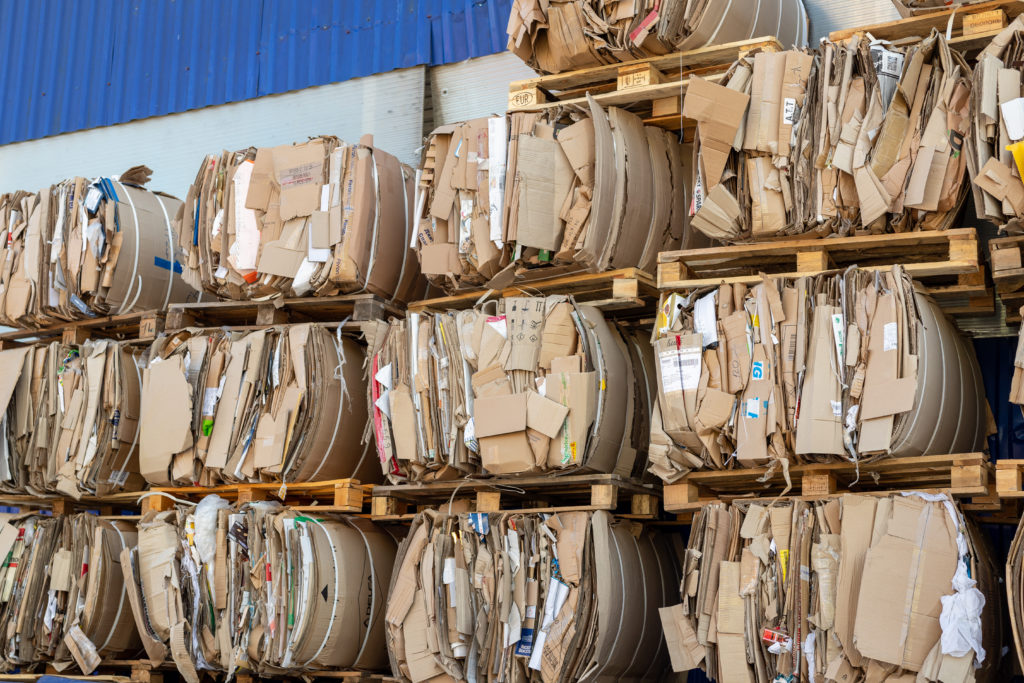Underneath the relative calm, there are also fears that UK mills could cut prices paid for old-KLS (used cardboard) in December and the fact that merchants still find it hard to make margins in the office sector and are concerned at the competition from “subsidised” material collected by local authorities.
The bright note in the market could be that PRN – packaging waste recovery note prices – might rise in December as a result of higher targets for 2004. These targets are due out shortly, and because some December PRNs can be carried over into 2004, they could have a higher value than currently seen, at around 5 or well below in the spot market.
There is still real anger in the recovered paper sector over the way the PRN price has slumped this year. One merchant remarked: “We see little sign of proper policing of the PRN system by the Environment Agency. Even when they find signs of wrongdoing, little appears to happen and this has a knock-on effect on the market.”
The decline in PRN values also means that merchants who export material have lost out on the export PRN value. Nevertheless, the market has remained firm, particularly in China, although UK exporters who have longer term contracts with Chinese buyers are tending to find they can benefit more from stable demand and longer term planning.
Export prices can be as high as 50 a tonne for old-KLS, while on the domestic market the price is more towards 40-45. However, the Chinese buyers keep a close watch on Europe and will be aware of recent price cuts, including some made in France with Continental mills having good stocks.
Christmas
The possibility of a fall in UK mill prices for old-KLS stems from the fact that down time and slower production usually follows the busy Christmas period. While some of the mills were seen as being caught out by an earlier demand for box packaging for the Christmas market and so ran short of material in September, even though stocks are now low, they will not be so worried about running short next month.
But, merchants too are running with low inventories. However, while the mills have been warned that should they drop prices back to the lower levels seen this autumn, they could well find a shortage of material, there is some likelihood that the Christmas demand could see more material back in merchants' yards.
David Symmers, chief executive of the Independent Waste Paper Processors Association said: “We have still got low supply and that is the critical factor. The short supply is leading to anomalies in the market and between home and export prices.”
For mixed paper, the market remains strong, in line with the demand for old-KLS. The grade was almost “dying” two years ago, but has seen a real pick-up, particularly on the export market.
However, there is some concern within the recovered paper sector over the export of comingled local authority waste to countries such as India. While these exports have to be approved by the Environment Agency, one merchant said: “We do not feel that these materials should be exported under international rules. There is also a danger in becoming dependent on the demand for the material and it also means that buyers in Asia can obtain news and pams (newspapers and magazines) at a low cost if they sort them from the comingled waste.”
Newspapers
In other grades, the demand for news and pams remains strong. With Shotton starting up its new deinking and recycling plant earlier this month the UK has good demand for material from all three of its newsprint mills, the other two being Aylesford and Bridgewater.
Add in good export demand for newspapers – including the Stora-Enso mill in Belgium – and it seems likely that prices for used newspapers and magazines will remain firm well into 2004.
Among other grades, tissue grades are all good while there is strong demand for best office white material.
But, merchants working in the commercial sector point to high operating costs eating into margins in a sector where there is no subsidy. One senior London merchant remarked: “We are still seeing prices that are comparable to those we received 20 years ago and our costs are substantially higher. To make matters worse, some of the fibre we produce is facing competition from collections being subsidies by the council tax payer.”











Subscribe for free